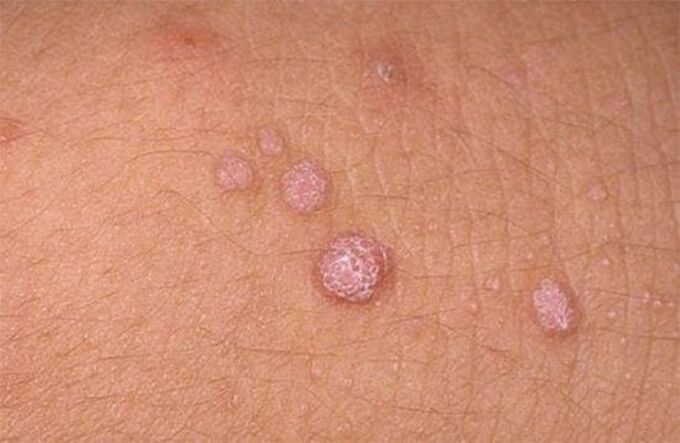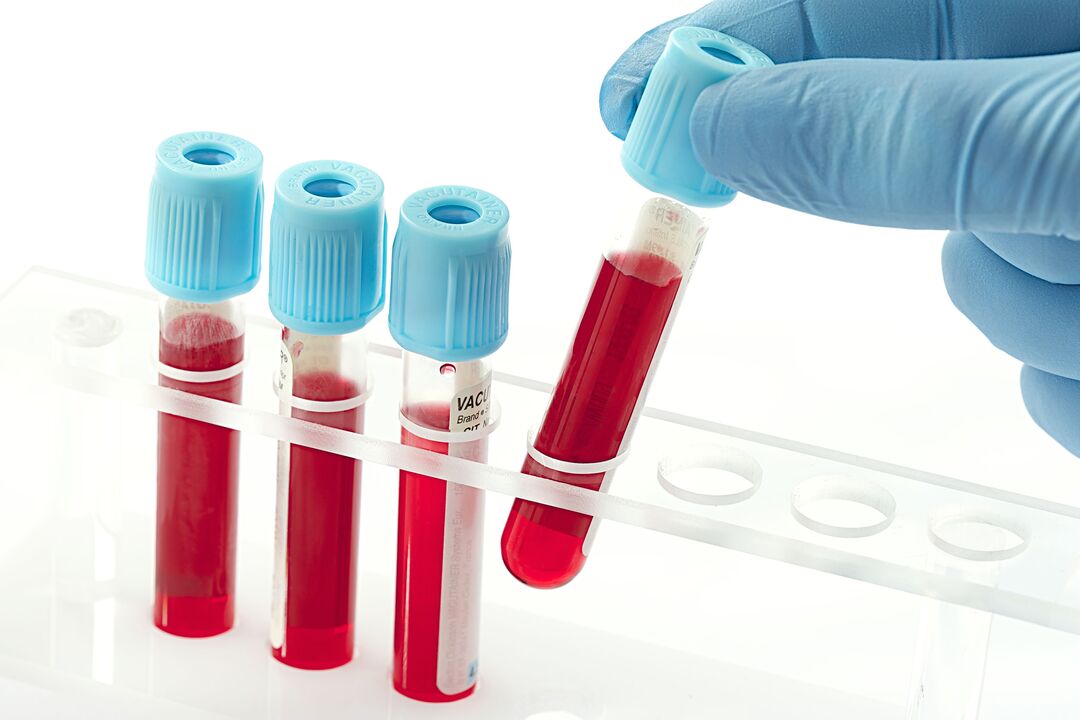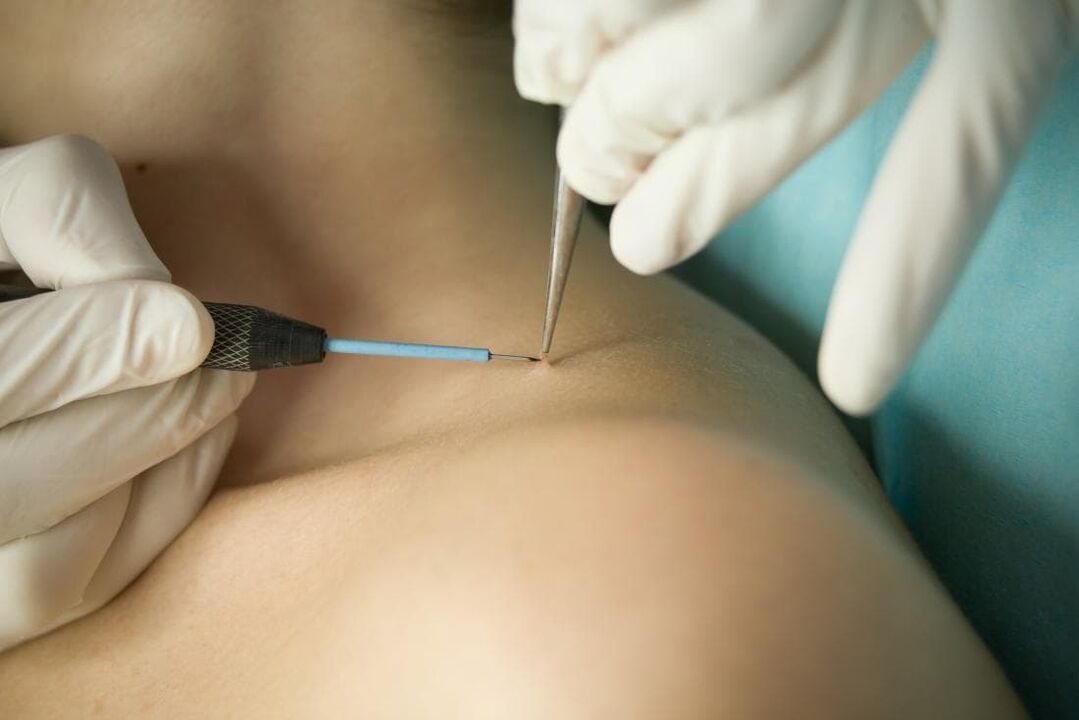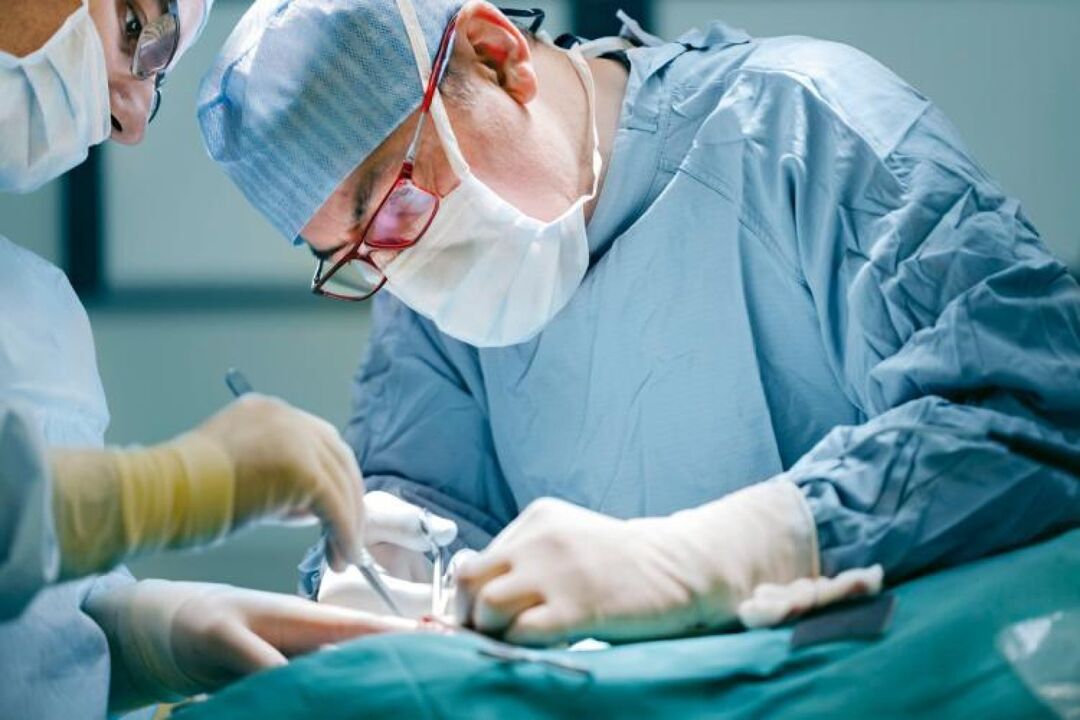Genital papillomatosis increases the risk of infection for both partners and complicates intimate life and is often transmitted from woman to child during childbirth.

ᲛReasons
The main cause of tumors is HPV, which enters the body in different ways. It enters the flat epithelial cells and stays in them for a long time so that it is not known. The patient may not be aware of such an infection until the preconditions for its proliferation and the appearance of neoplasms have arisen. With impaired immunity, formations often appear on the body.
Experts identify the factors that increase the risk of growth:
- Frequent stress;
- Nervous, physical exertion;
- Avitaminosis;
- Impaired immunity;
- Patient old age;
- Too many sexual partners;
- Smoking, alcohol abuse;
- Long-term use of oral contraceptives.
The causes of papillomas can be hidden in endocrine disorders, pathologies of the digestive system and overweight. The incubation period lasts about a year and if the immune system works well, the infection may not be detected. HPV is often transmitted through daily contact with infected objects through the use of ordinary detergents, shavers and towels. Infection can occur through sexual intercourse or during childbirth from a woman to a child.
ᲓBrowse
Dermatologists distinguish several types of papillomas:
- easy. The neoplasm resembles cauliflower or roe cabbage, the surface of which resembles a small papilla.
- Plantar. This accumulation causes minor discomfort.
- Ბინა. The site of localization of such neoplasms is the cervical epithelium. Flat papillomas look like flat nodules that cause itching.
- Fibrous. Such tumors are often found in patients older than 50 years, look like small nodules and do not cause pronounced symptoms.
- Pointed out. They resemble papillary formations that are localized as separate elements and merge into whole groups. In each case, the genital warts are provoked by certain types of virus that are transmitted during sexual intercourse. The site of genital warts is the intimate area, uterus, anus, perineum.
Angiopapiloma is an internal growth that arises from connective tissue. It attaches to the walls of blood vessels and can provoke the development of cancer.
Neoplasms in visible areas of the body and in intimate areas often cause psychological discomfort and problems during sexual activity. Papilloma of the uterus can end in cancer.
Types
There are several types of HPV, depending on the possible origin of the tumor on the skin and internal organs.
Flat
The appearance of papilloma is due to the rapid growth of the flat epithelium of the epidermis. In young people, this type of neoplasm can form in areas of the body that are very often affected.
Flat-cell papillomas are round-shaped tumors with a broad base and neoplasms with a thin stem. At the beginning of their development they are motionless, painted in light or brown tones. Constant trauma to such formations can cause them to become inflamed, begin to mutate cells, and transform them into cancer. In the absence of effective treatment, there is a high risk of developing cancer.
Inverted
Inverted papilloma quite rarely appears on the body. Its area of appearance is the nasal cavity and paranasal sinuses. It is possible for neoplasms to grow in the frontal and maxillary sinuses.
The peculiarity of the manifestation of papillomavirus is unilateral damage. It is possible to develop an inverted formation in the bone that ends in damage to the sac, skull bones, nasal sinuses, and orbital walls.
An inverted large papilloma causes swelling of the nose, bleeding, and discharge from the nose. When the tumor grows to a large size, the facial skeleton is deformed and moves to the side of the affected organ of vision.
Localization
Skin papillomas can form in different areas of the body. Discomfort is caused by formations on the face and is constantly damaged by contact with clothing when placed on the body.
Experts identify several places where papillomas occur:
- Uterine area, arms and lower abdomen with obesity. Different types of neoplasms in the fairer sex can be localized under the breast.
- Neck, face, abdomen, spine. The area of papillomas on the face mainly becomes the area of the mouth, eyes, eyelids.
- Genitals. This place is often the site of genital warts.
- Internal organs. Neoplasms appear on the tissues of the intestines, stomach, and bladder.
- legs. Often, spinal warts appear on this part of the body.
The site of appearance of viral neoplasms may be the mucous membrane of the mouth, bladder, mammary glands, internal genitals.
Symptoms of education
Different types of neoplasms appear on the skin when HPV is activated. Their signs are similar to each other, but there are differences.

Warts
You can determine the formation of warts on the skin according to certain symptoms:
- The size of the tumor does not exceed 1 cm;
- The wart has clear outer borders, on palpation a non-uniform surface and density is felt;
- The color of the accumulation can be from light gray to black;
- The neoplasm has an irregularly rounded shape.
The place of growth localization is mainly the open areas of the body and especially those who are constantly grazed by something. Warts often appear on the hands, fingers, knees and head in the area of hair growth.
Papillomas
You can independently detect growth if you know what a papilloma body looks like. They are skin formations with a fairly thin stem or flat base. Mostly virus infection occurs in public places with high humidity. It is in such an environment that it feels perfect and begins to multiply rapidly.

Patients need to know what papillomas look like on the body. The first sign of a tumor is a slight burning sensation, a slight tingling sensation in the epidermis. After a certain period of time, neoplasms appear in this area. Gradually stretches and lasts, the size increases to 1-1, 5 cm.
Often, papilloma forms on the skin in elderly patients and begins to actively increase in size. The area where the growths are located is the chest, groin area and under the arms. They are painted flesh-colored or slightly yellowish. The presence of the virus in a woman's body significantly increases the risk of developing cervical cancer.
Warts

Genital warts occur under the influence of certain types of HPV that enter the bloodstream exclusively through sexual intercourse. Usually, the area of the anus and external genitalia, rarely the oropharynx, becomes the focus of localization of the formations.
Warts are papillary growths that form on different parts of the body. The individual elements are often connected to each other and form a tumor that looks like a cock comb.
კNubation period
Papilloma virus has a long incubation period that can last for many years. This means that it is quite difficult to determine the moment when an infectious agent enters the body. Virus activity can be increased under the influence of various factors that disrupt the functioning of the immune system.
Once inside the body, the virus enters the nuclei of dermis cells and begins to multiply rapidly there. As the body's protective forces weaken, small papillae that form several cells begin to appear on the surface of the skin. They grow slowly and can reach 10 cm.
Diagnosis
The diagnosis of papilloma begins with an examination of the patient by an immunologist or dermatologist. The patient's history and symptoms are checked. Laboratory and instrumental studies help to identify the cause of neoplasms on the body.

Standard diagnostic programs include:
- General and biochemical blood test;
- PCR test;
- Material biopsy.
Based on the results of the research, effective and safe methods of therapy will be selected.
Treatment
It is recommended to start treatment for papillomas as soon as they are detected. The choice of method depends on the area of localization of neoplasms, the reasons for their appearance, the form of HPV. How to quickly cure papilloma can only be determined by a specialist.
Cryocoagulation
This method of therapy removes the neoplasms with liquid nitrogen, causing the water in the cells to freeze and die. Cryodestruction is performed only if the tumor is benign and does not contain cancer cells.

The procedure is considered painless, but if the skin is very sensitive, apply novocaine injection. After treatment with liquid nitrogen, the skin whitens and a small bubble is formed, inside which a transparent or pink liquid accumulates. Unpleasant sensations in the form of burning may appear when the formations are removed by freezing, but they gradually disappear. After cryodestruction it is recommended to treat the epidermis with a solution of potassium permanganate or boric alcohol several times a day.
After a few days, the bladder bursts and a crust forms, which protects the wound from infection. Over time it disappears and healthy skin remains under it.
Surgical method
Papilloma removal surgery on the skin is considered to be the most radical method of removal, but it is not used very often. The indications for surgery are large papillomas.

During the operation, the doctor removes a small area of healthy tissue, which prevents the rash from re-emerging. The procedure is performed under local anesthesia and lasts no more than 10-15 minutes. The patient does not feel any pain and a suture is made after the manipulation is completed. The disadvantage of this method is the long period of wound healing, the formation of scars, scars on the body.
Laser removal
How to treat papilloma, the doctor decides after examining the patient. The most modern method of removing tumors is laser treatment, before which an analysis is done to rule out cancer cells. The area of the body where the papilloma is located is anesthetized with lidocaine. It is then treated with laser beams and completely removed. During this treatment, the water in the damaged cells evaporates, dries and forms a crust.
After some time the skin becomes red, swollen, but this reaction occurs after 2-3 days. The bark falls off by itself after 5-7 days and is replaced by a soft pink skin.
Chemical attack
Chemical effects on papillomas are considered to be an effective means of combating pathology. Removal of genital warts is carried out with special preparations containing organic acids.
Apply to the surface of the formation with the help of an applicator and cauterize. Under the influence of chemicals the growth cells are destroyed and it disappears.
Treatment with medication
Medical treatment for papilloma includes:
- Pills. Infection with the virus occurs due to a weakening of immunity, so the action of drugs is aimed at increasing the body's defenses. The patient is prescribed vitamins, immunomodulators, antivirals.
- Preparations for local treatment. A good effect is the use of creams and ointments with antiviral action. Gels and creams that stimulate interferon production are selected for small tumors on the penis. To get rid of the growths, the doctor prescribes solutions that have causative properties.
Only a doctor can determine whether to remove papillomas in different parts of the body.
Immunomodulators
Treatment of multiple papillomas on the body depends on their size and localization area. An integrated approach involves treatment with immunomodulators, the action of which activates the body's natural defenses.
There are several types of HPV, so such drugs should be selected by a specialist after immunological studies. In women with papillomas, it is recommended to pay special attention to natural immunomodulators that help restore immunity at the DNA level.
Self-erasure
Home treatment for large papillomas can worsen the human condition and cause the virus to spread throughout the body. The possibility of using funds for the self-removal of tumors is determined by a dermatologist. This method of treatment is possible only in the absence of oncogenic factor and the suspicion of malignant formation.
Self-medication for benign neoplasms involves the use of topical ointments, medications prescribed by a doctor.
Traditional methods of treatment
In addition to the treatment regimen chosen by the physician, the use of alternative methods of treatment is permissible. It is possible to stop the intense growth of papillomas and provoke its destruction by lubrication with celandine, dandelion or sour apple juice.

You can lubricate the neoplasm daily with fresh egg whites and wait for it to dry. After a period of time, the dry papilloma will fall off on its own. At the pharmacy you can buy a special adhesive tape that is applied for a long time, and then the neoplasm is cleaned.
To eliminate the defect, it is recommended to cut the garlic clove and apply the growth on the skin for several days in a row.
Treatment at home and with folk remedies is a long process. For greater effectiveness it is recommended to combine it with drugs with antiviral effect.
Prevention
Prevention of human papillomavirus is possible by maintaining good body hygiene, timely treatment of any damage to the epidermis and their healing. To prevent infection, you should use personal hygiene items.
Preventing papillomas involves rejecting casual sex, maintaining a healthy lifestyle, and boosting immunity. The virus can become a provoking factor in the formation of cervical papillomas and the development of cancer. Women should visit a mammologist regularly with a gynecologist, be sure to follow proper nutrition. What to do if papilloma is detected, it is recommended to consult a doctor and not self-medicate.














































































